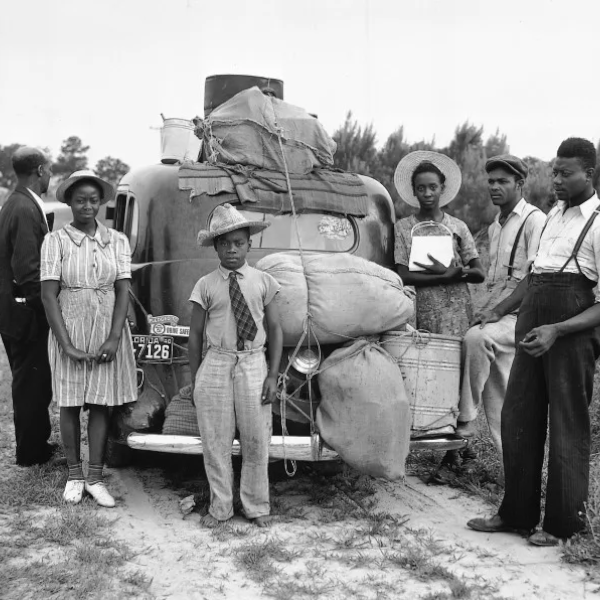
The country had reached a turning point in a fight for racial justice that had been building for decades. Millions of African Americans had already testified with their bodies to the repression they had endured in the Jim Crow South by defecting to the North and West in what came to be known as the Great Migration.
The caucus is officially non-partisan; but, in practice, the vast majority of African Americans elected to Congress since the CBC's founding have been Democrats. Ten African American Republicans have been elected to Congress since the caucus was founded in 1971. Of these ten, only Evans, Franks, West, and Love joined the CBC.
Review a brief synopsis of Black Americans who have served in Congress. Joseph Rainey, William Dawson, and Gus Hawkins are a few of the African American Members who made history in the House.
First African American Representative elected to Congress
Joseph Rainey of South Carolina began his service in the House of Representatives when he was sworn in on December 12, 1870.
First African American Representative to speak on the House Floor
Jefferson Long of Georgia spoke on the House Floor in 1871.
First African American Representative to preside over a House session
Joseph Rainey of South Carolina presided over the House in 1874.
First African American to chair a congressional committee
Blanche Bruce of Mississippi became chairman of Senate Select Committee on the Mississippi River in 1877.
First African American to chair a standing congressional committee
William Dawson of Illinois became chairman of the Expenditures in the Executive Departments Committee (later named Government Operations) in 1949.
First African American popularly elected to the Senate
Edward Brooke of Massachusetts was elected to the Senate in 1966.
First Black-American woman elected to Congress
Shirley Chisholm of New York was elected to the House of Representatives in 1968.
First Black-American woman elected to the Senate
Carol Moseley-Braun of Illinois was elected to the Senate in 1992.
Cardiss Collins, Yvonne Brathwaite Burke, and Shirley ChisholmView Larger
Image courtesy of Moorland–Spingarn Research Center, Howard University More women joined the first black Congresswoman, Shirley Chisholm of New York, on Capitol Hill during this period. Pictured from left to right are: Cardiss Collins of Illinois, Yvonne Brathwaite Burke of California, and Chisholm. In the 110th Congress (2007–2009), women account for one-third of the total number of African American Members.
First African American Member whose child succeeded him in Congress
Harold Ford, Sr.’s son Harold Ford, Jr. was elected to his father’s Memphis, Tennessee, seat upon his retirement in 1996.
Most committees chaired by an African American Member of Congress
Gus Hawkins of California holds the distinction of the most committees chaired by an African American Member (four).
Longest congressional tenure for a black Member of Congress
Elected to the House in 1964, John Conyers of Michigan has the longest congressional tenure for a black Member of Congress.
State with the most African American Members of Congress
Historically, Illinois has had the most African American Members of Congress.
Ask students to locate three Weekly Historical Highlights dates that focus on Black Americans who served in Congress. Use Black Americans in Congress to research more about each of these Members.
Begin a class discussion with Representative Gus Hawkins’s quote, “The leadership belongs not to the loudest, not to those who beat the drums or blow the trumpets, but to those who day in and day out, in all seasons, work for the practical realization of a better world—those who have the stamina to persist and remain dedicated.” Ask students to think about the meaning of the quote, the possible context, and how the statement may have been related to the experience of the early African American Members who served in Congress. Have students compile a list of traits they believe a leader should possess and start a class discussion about the different types of leaders.
Ask students to choose one former African American Member of Congress. Have students create a list of biographical and legislative information about this Member, as well as any other distinctive or unique aspects to his/her career. Organize a mock press conference in which each person answers questions about his/her Member and shares important highlights with the rest of the class.